Do you have concerns about the speed at which your electric bike is moving? In addition to the motor and throttle configuration, the cadence sensor is a critical part that is easy to overlook. Torque sensors and cadence sensors are the two most common types. What differences are there between an electric bike equipped with a cadence sensor and one equipped with a torque sensor? You will learn about the distinctions in this article which will also guide you in determining which type is best for you.

How do the sensors work?
A sensor is essentially a switch that is linked to the motor. When the pedal is pressed down, different kinds of sensors on the bike sense the movement in particular ways. The sensor works when pedaling by providing a signal to the motor that powers the whole bike and this increases the efficiency of the pedaling motion. Although both types of sensors have the same purpose, they don't operate in the same way. This gives the rider a different riding experience.
Classification of sensors
Cadence sensors
Cadence sensors are the most common type of sensor on the market and are typically mounted on the bottom bracket, making them more cost effective. They work in conjunction with the pedal assist mode. When the pedals begin to rotate, the motor senses the rotation of the pedals and is activated. That is, the moment your pedals begin to rotate, your motor begins to operate. The motor makes it easier and more convenient to pedal an electric bike.
Pros
Easy to use
Cadence sensors allow the motor to be turned on simply by spinning the pedals; no pressure needs to be applied to them. Therefore, to continually propel the vehicle ahead, you only need to exert the force necessary to step on the pedal. You may pedal with enough effort to just steer your e-bike, relying more on the motor for propulsion and making it simpler to move the bicycle along quickly.

Price advantage
A cadence sensor is typically cheaper to build than a torque sensor, so electric bikes with cadence sensors will be more affordable than those without. If you have a limited budget, this is certainly an option that you can take into consideration.
Cons
Drains power and reduces range
The fact that a cadence sensor is more connected to the amount of power being consumed effectively lowers your mileage. This is its drawback. High usage of pedal assist mode will quickly deplete the battery energy since the motor is required to be operated at high speeds. As a result, the range of the electric bike will be significantly reduced.
Torque sensor
The torque sensor, on the other hand, uses the amount of pressure you apply to the pedals to drive the motor. The motor senses when you apply force firmly to the pedals and it starts operating right away. With this type of sensor, you have to exert enough physical effort to manage the speed. This makes the ride feel more engaging and intuitive.
Pros
Feels intuitive
Models with a torque sensor offer a more intuitive experience when riding at a higher speed. This is because you need to put a given amount of pressure on the pedals to move the bike ahead. The rider may feel the change of speed more intuitively with quick starts and fast maneuvers, which gives the impression that the model with the torque sensor rides more effectively.

Less power consumption, more travel range
When you apply pressure to pedal an electric bike equipped with a torque sensor, the amount of energy that is given to the motor is influenced by your exertions. In other words, the motor produces more energy when you press harder on the pedals. An ebike with a torque sensor allows you to cover much greater distances in lower PAS levels by relying on your own physical power instead of on the motor.
Cons
More difficult to reach high speeds
Given the way the torque sensor operates, the bike cannot just rely on the motor and pedal assist mode to reach high speeds. Instead, you must press harder on the pedals to accelerate faster. But still, because an electric bicycle motor is included, it does not require as much effort as you might think.
The differences between the models
While the two sensors operate in unique ways, they also act differently based on the model configuration.
The majority of e-bikes available have specific classifications. These are based on the motor's location, whether a throttle is available or not, if a pedal assist mode is present or not, etc. The riding experience on the bike will vary depending on its configuration.
Model with sensor only without throttle
A sensor-only bike without a throttle relies exclusively on the force you exert on the pedals or the frequency at which you pedal to power the motor. With a cadence sensor, the e-bike will run quicker the more you pedal and the battery power will be consumed faster while using the high-speed pedal assist mode. Nevertheless, with a torque sensor, how hard you press the pedals dictates how quickly you move. The motor may start faster by sensing the pressure of the pedal. The model's speed is governed by the PAS while also being impacted by the pressure you put on the pedals, allowing you to save energy. The torque sensor, on the other hand, is more expensive.
Throttle and sensor

A change in PAS mode affects the speed of the bike, while sensor and motor characteristics affect it as well. Acceleration is simplified by using a throttle. Models with cadence sensors can accelerate and decelerate more quickly and smoothly when an e-bike has a throttle. Three different types of throttles are available: full-twist, thumb and half-twist and each has benefits and drawbacks of its own. For better acceleration and preventing unintentional acceleration , the Cyrusher e-bike comes equipped with a half-twist throttle.
The throttle facilitates a quicker and more stable start for the vehicle. With the help of the throttle, an ebike with a cadence sensor can also offer a pleasant riding experience. Moreover, the installation of the throttle on the torque sensor bike improves the riding experience by allowing for a smoother ride and simpler starting.
In the Cyrusher category, there are models available with a cadence sensor and throttle and with a torque sensor and throttle.
Cadence sensor and throttle: Kommoda, XF900,XF800 and others
All Cyrusher models come with a half-torque throttle, giving the rider a more convenient option to steer the bike effectively. The Kommoda, XF900 and XF800, which are among the best-selling products in the category, have cadence sensors that give riders a faster riding experience while freeing up their legs. As a result, when riding the Kommoda, XF900 and XF800 the user does not experience excessive torque. Instead, they can ride more quickly or more slowly depending on PAS mode. This is an ideal option for groups of riders with leg difficulties as well as older cyclists with slower reflexes. And, they have a competitive price range.
Torque Sensor and Throttle: Ranger Ovia and Trax

The Ranger, Ovia and Trax are three powerful new additions to the Cyrusher category. Each has quality components and an optional throttle on the handlebars to help riders start more easily and accelerate and decelerate more effectively. They also feature a high-quality torque sensor for a smoother riding experience. This makes them the most powerful tools for travelling on the road, having adventures and for exercise. When riding all three models, with the PAS mode, you can physically control the speed of the e-bike by how hard you pedal. This means your ride is more engaging and more energy efficient when travelling longer distances. The torque sensor is ideal for riders who like to use their e-bike for exercise, outdoor adventures and other exploratory activities. It helps you to better control your balance, the speed of the bike and provides better mileage.
The connection between different motor positions and different cadence sensors
Rear hub motors and mid-drive motors are the two common e-bike motors. Due to their mounting location, mid-drive motors are typically more efficient than rear hub motors. There is a misperception that torque sensors are exclusively found in mid-drive motors, but Cyrusher has produced a model with a torque sensor in the hub motor to improve the riding experience. The power of the motor configuration, the battery specifications, the presence or absence of the throttle and the type of sensor are still the main factors that determine the riding efficiency. Thus, the location of the motor has no bearing on the sensor you choose.
In summary
It is encouraged that you test ride several e-bikes because everyone has different preferences when it comes to e-bikes. To improve your enjoyment of the riding experience, it is advised to feel the impact of different sensors. The cadence sensor is suitable for riders on a tight budget or who have leg difficulties since it takes up more of the motor's energy while enabling an easier ride. The torque sensor, on the other hand, is suitable for riders searching for high performance because it makes cycling more comfortable and pleasant. You may accelerate the bike by adjusting your pedal power which helps you save battery capacity and travel over more ground.

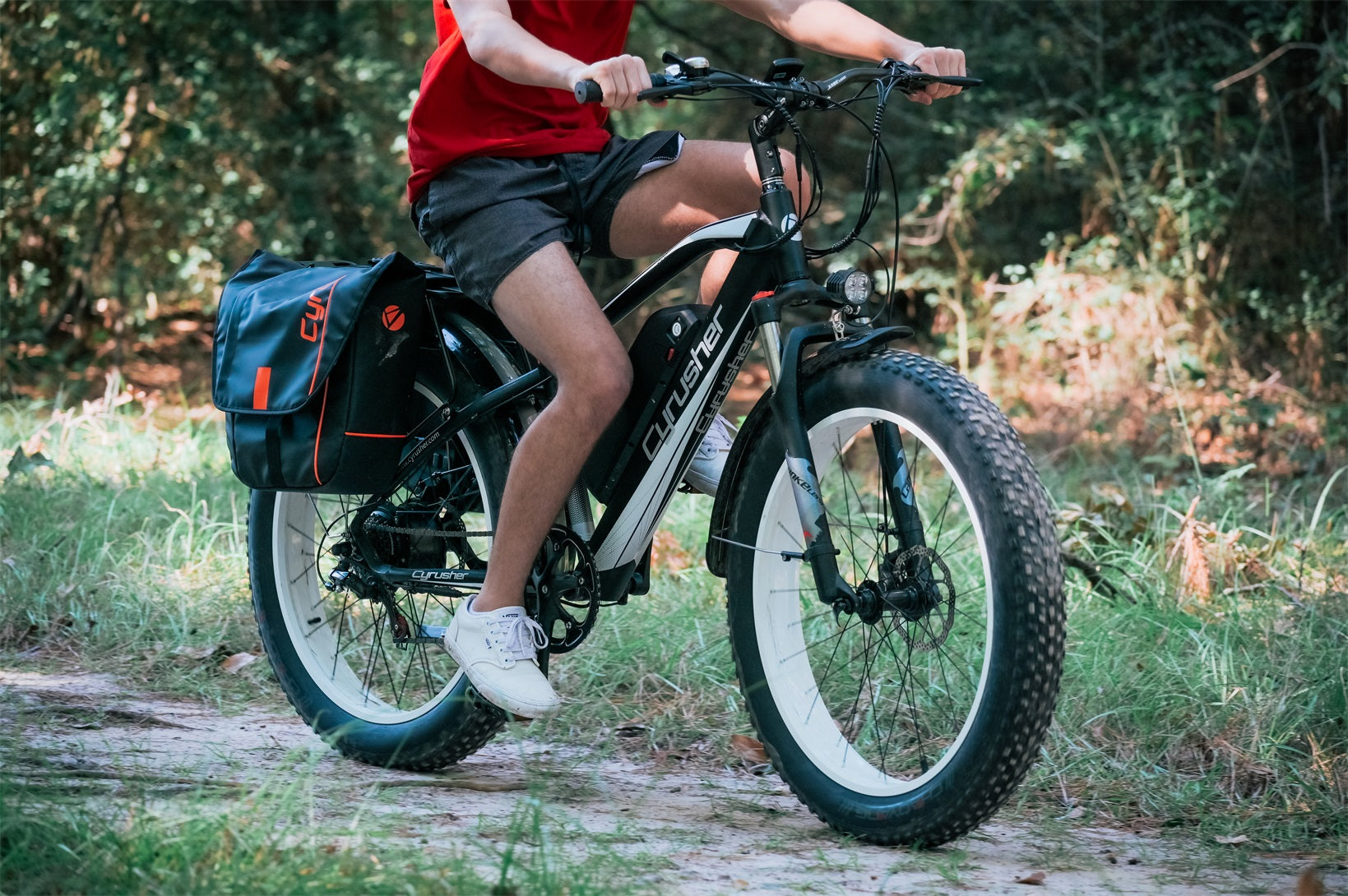



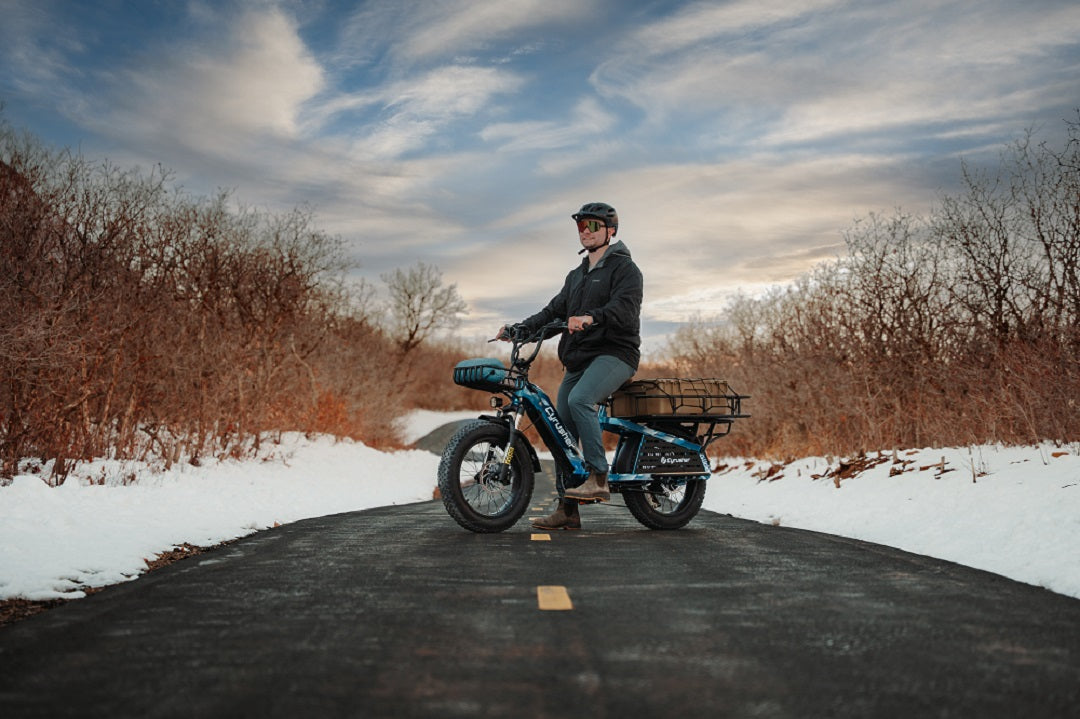
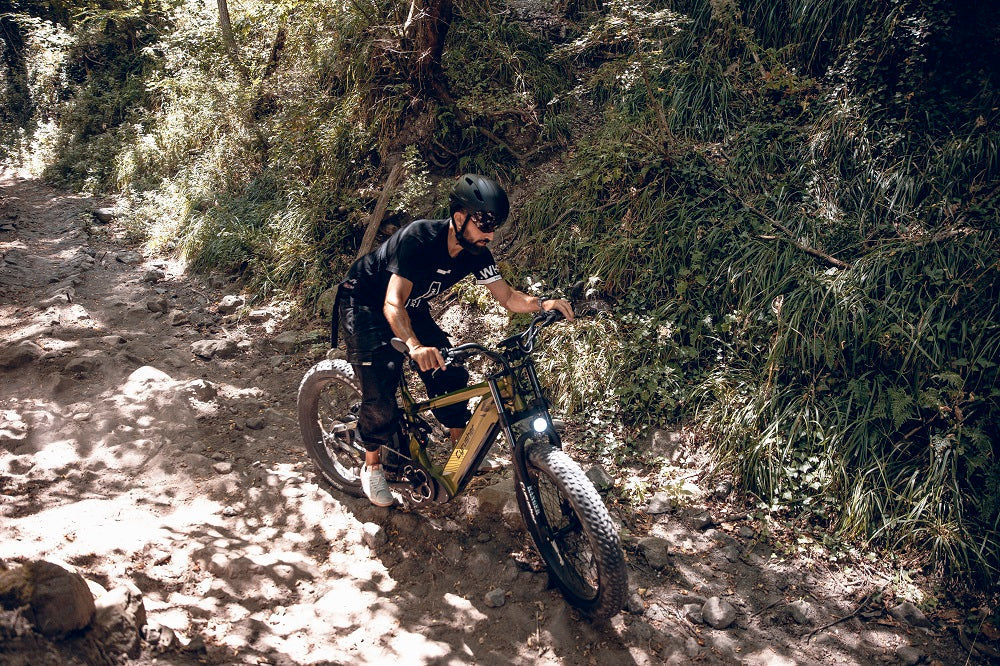
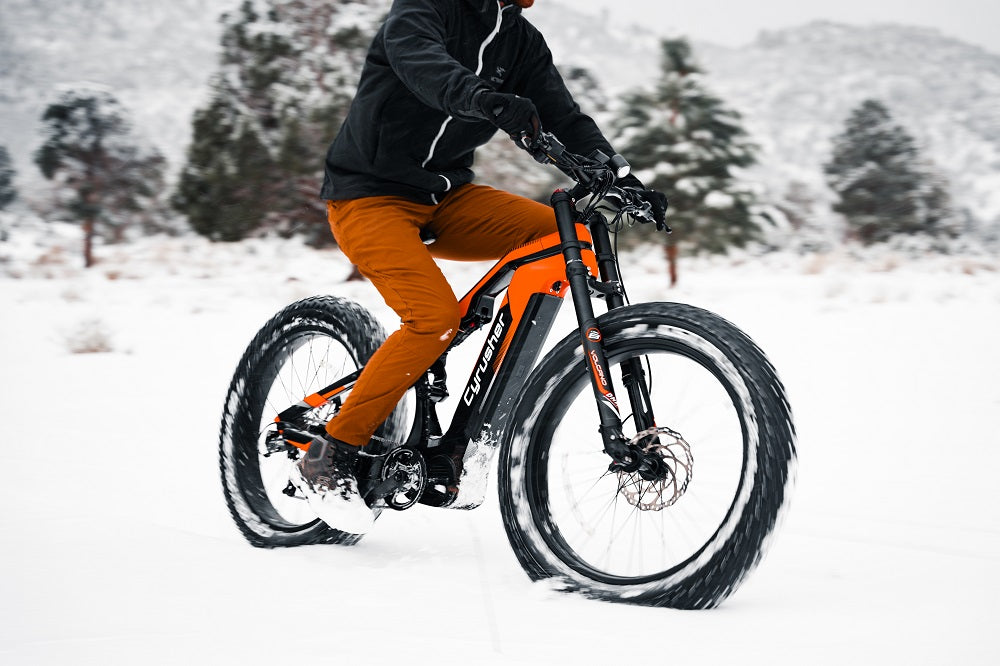
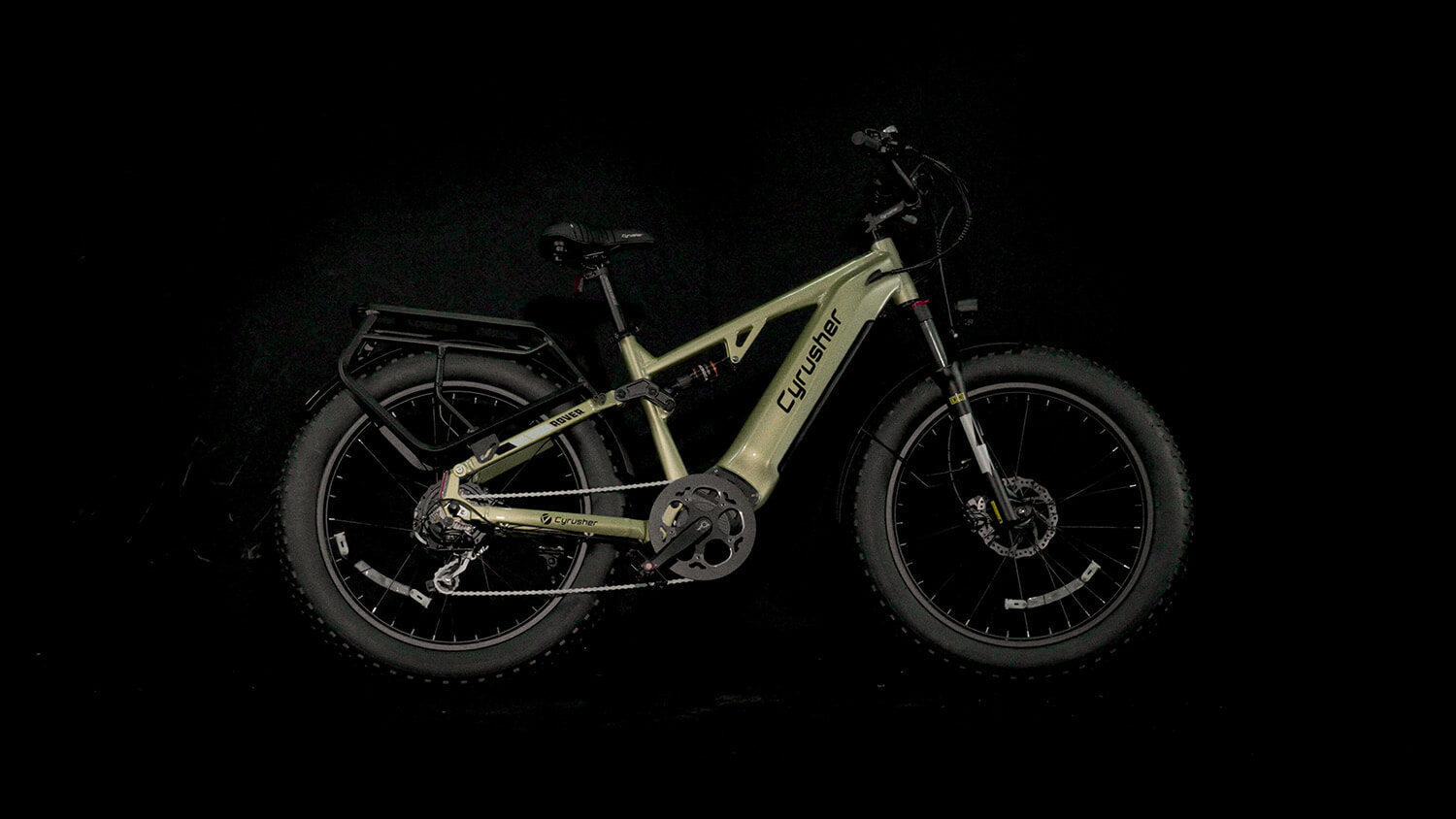
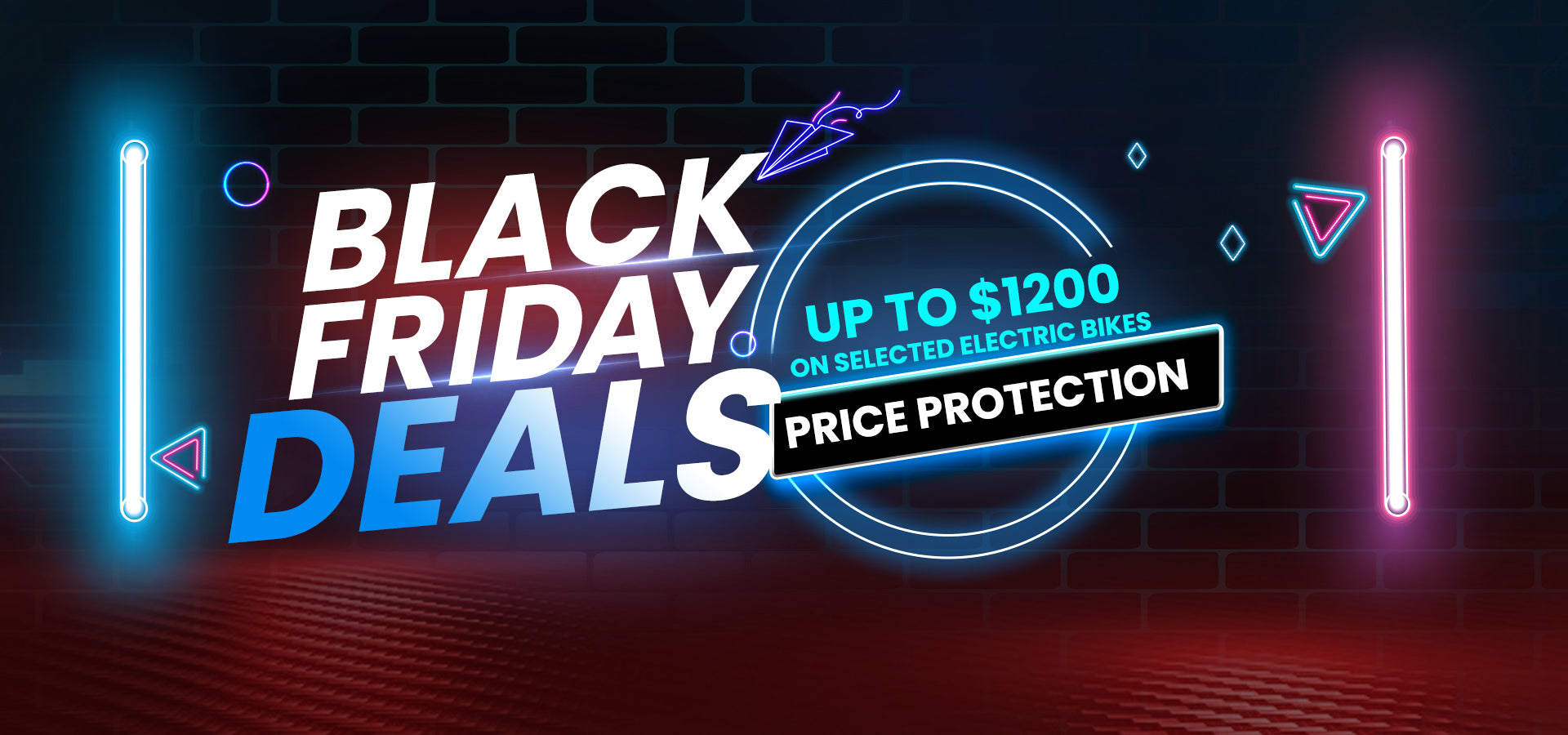
Share:
International Women's Day 2023: Cyrusher Electric Bike Offers a New Idea for Women's Personal Mobility Transportation
Why do Electric Bikes Affect the Future Development of Urban Cities?